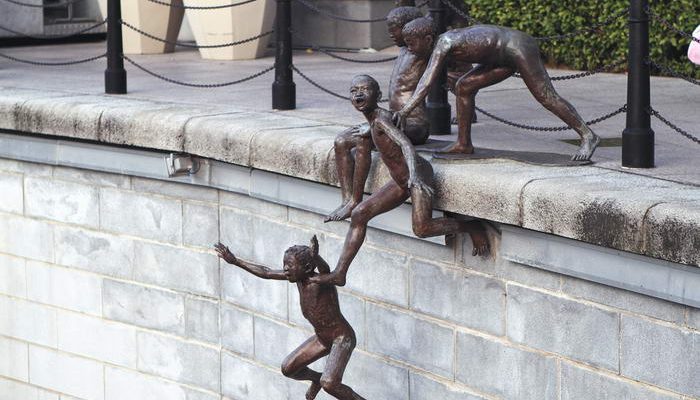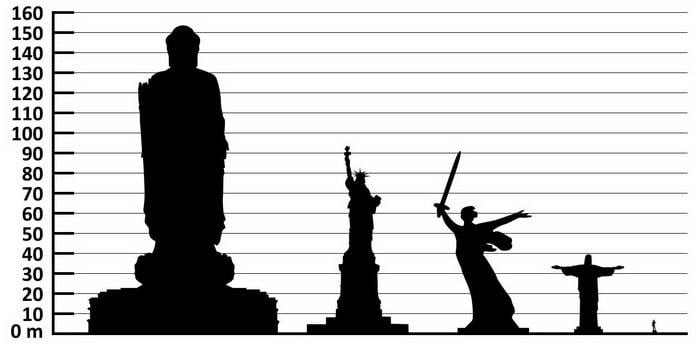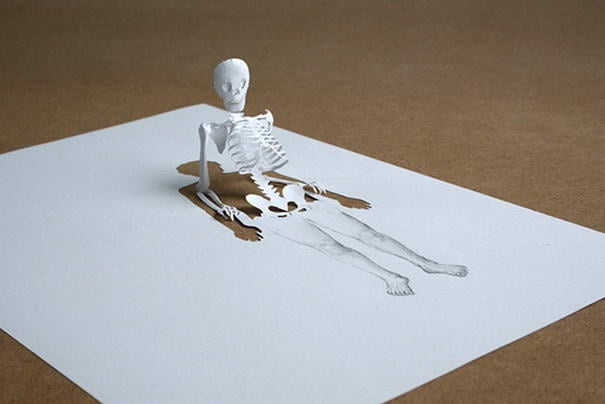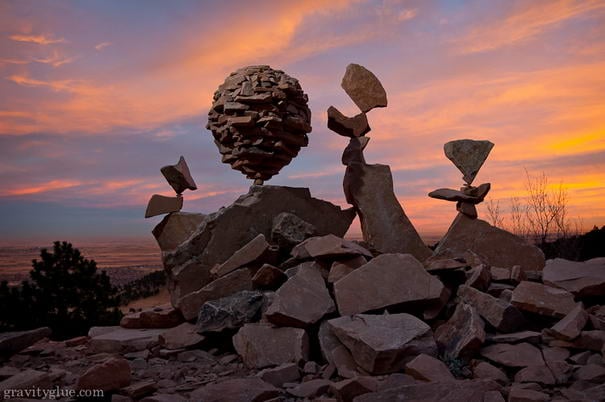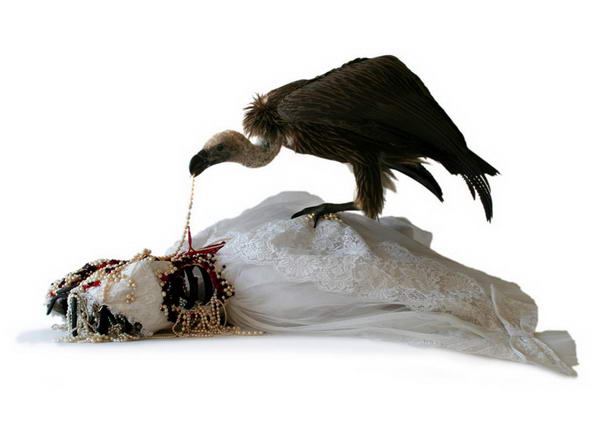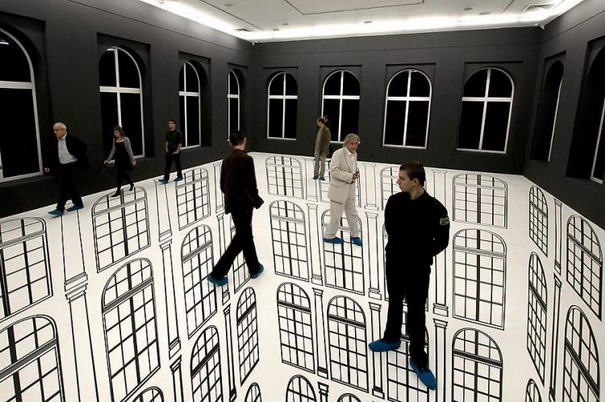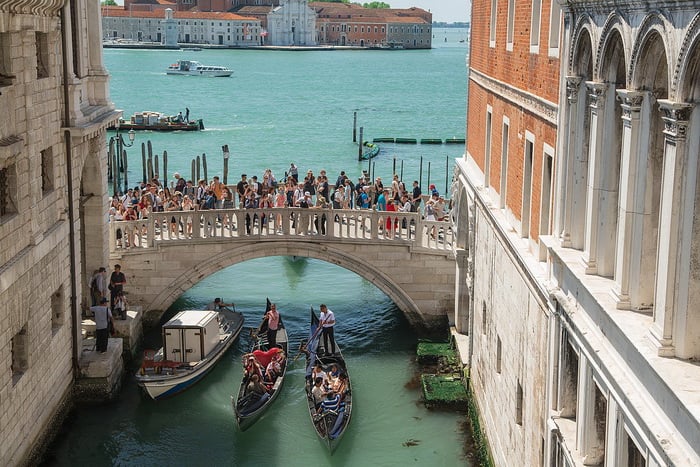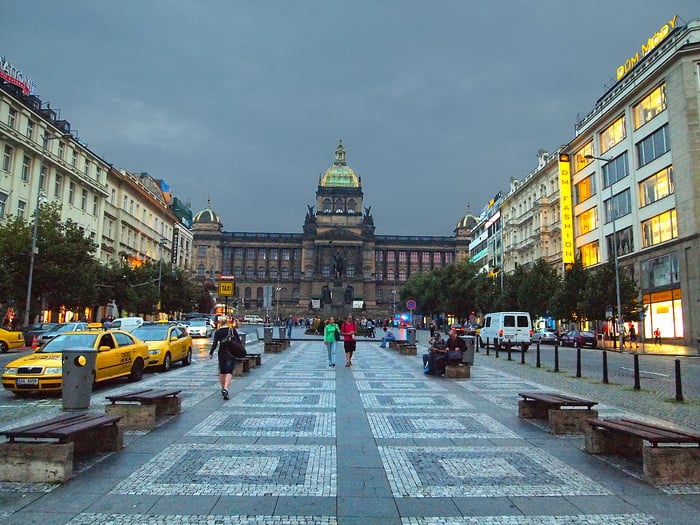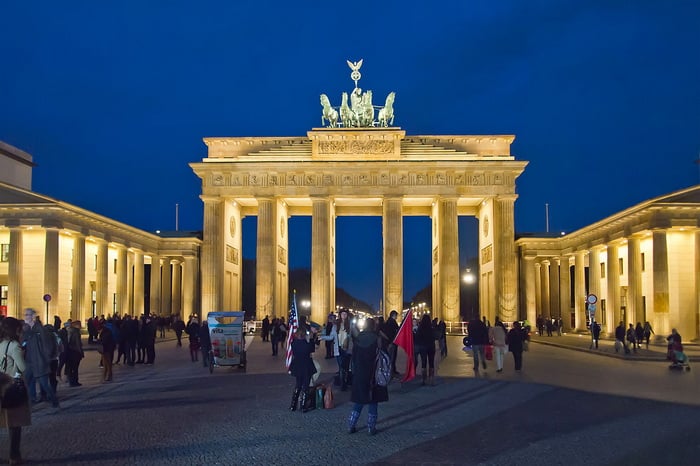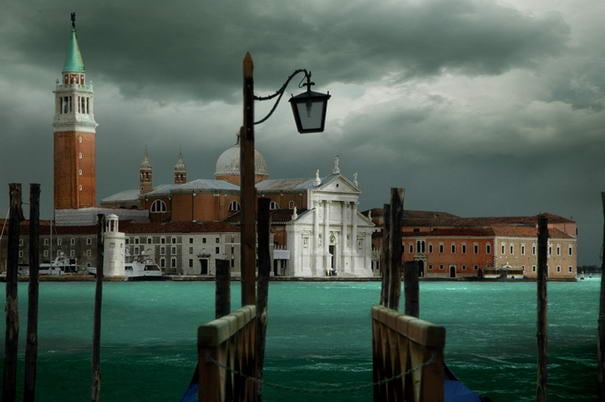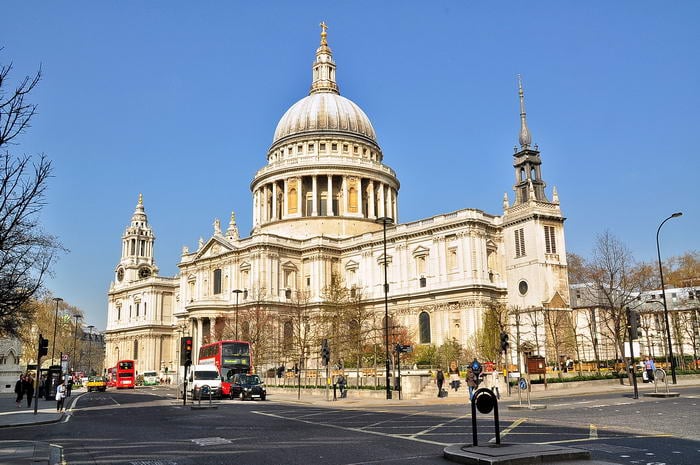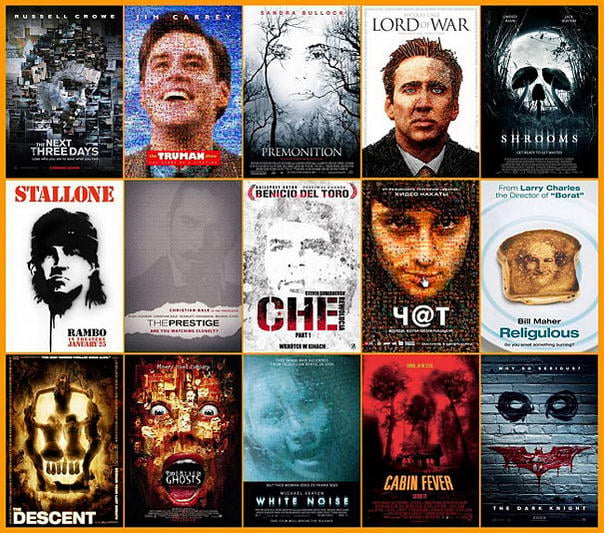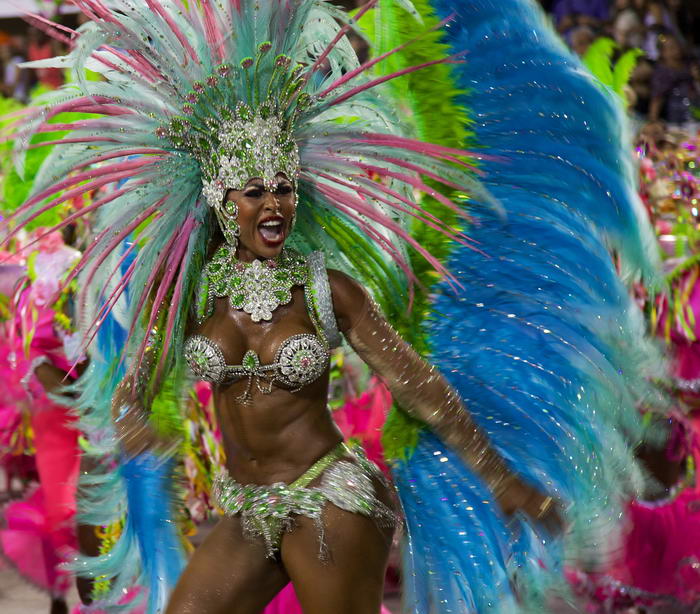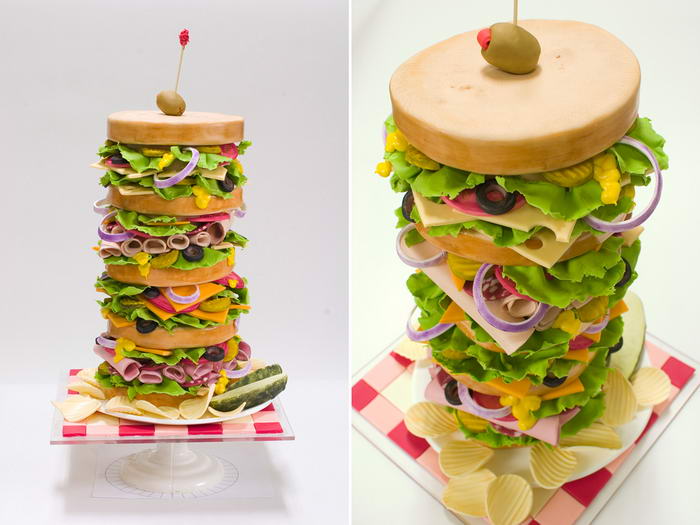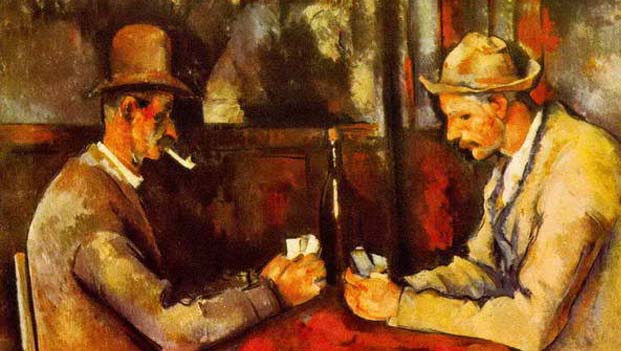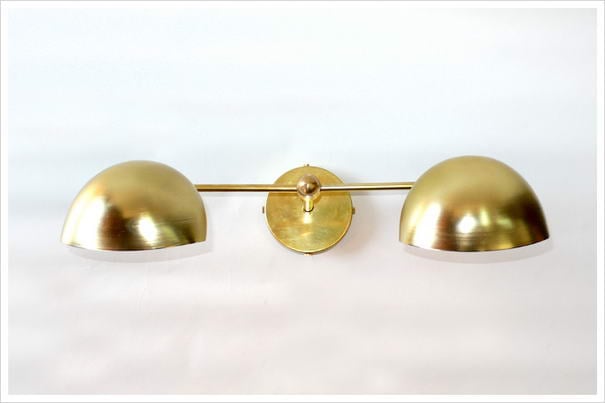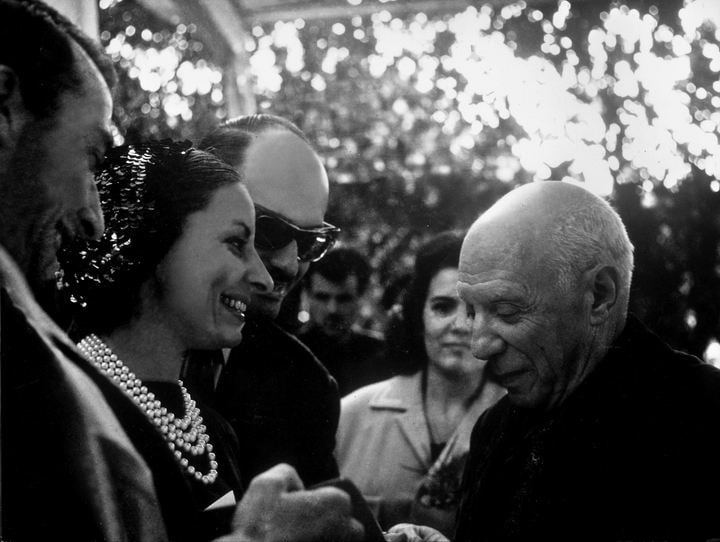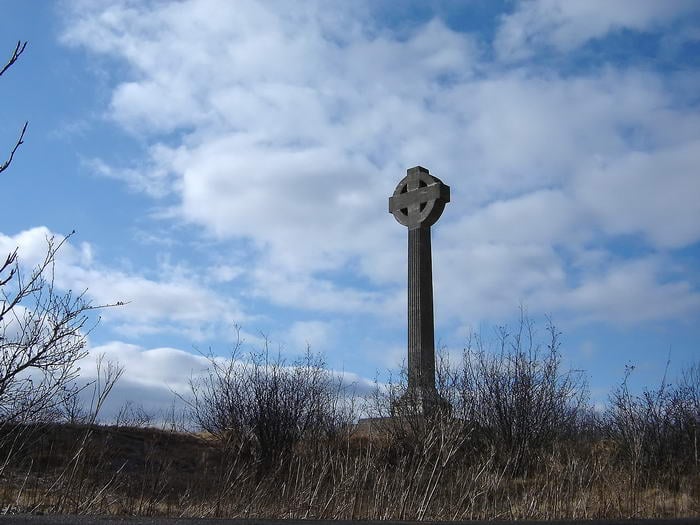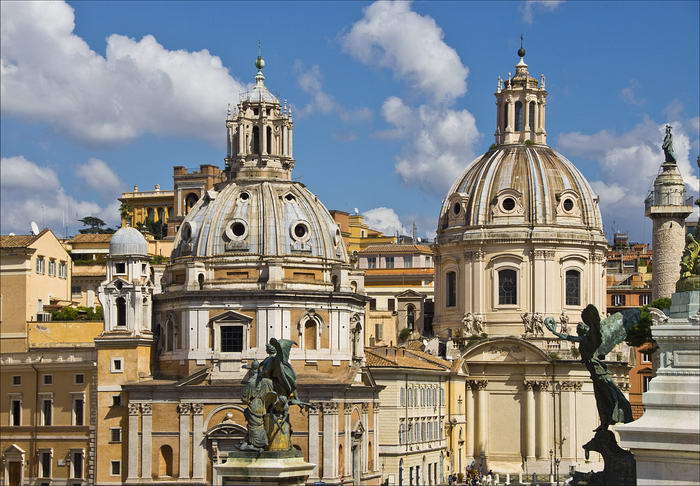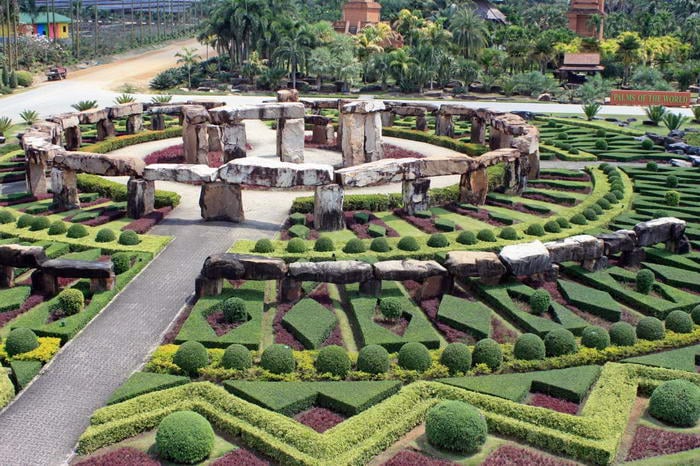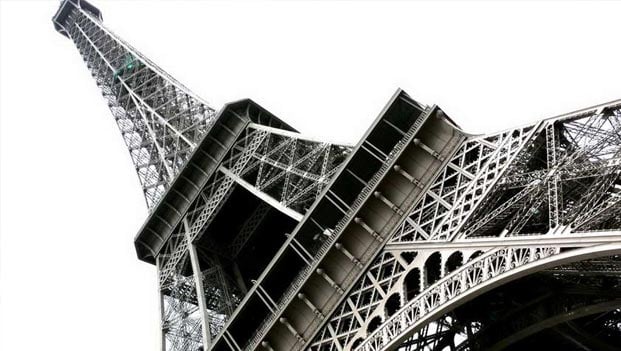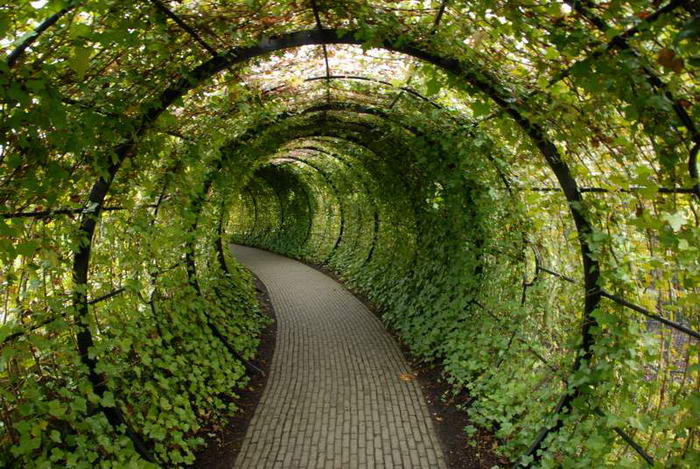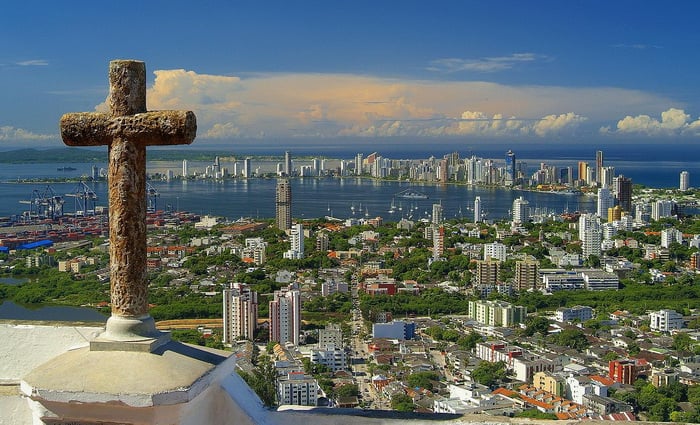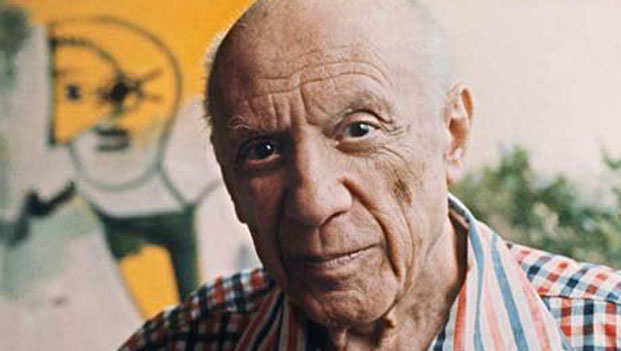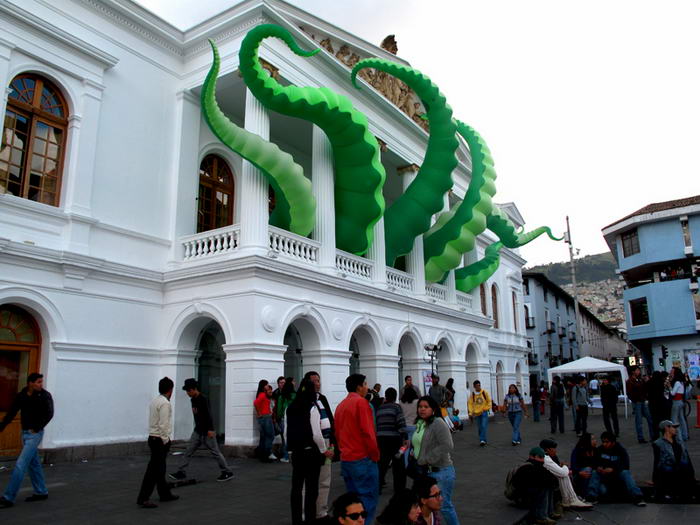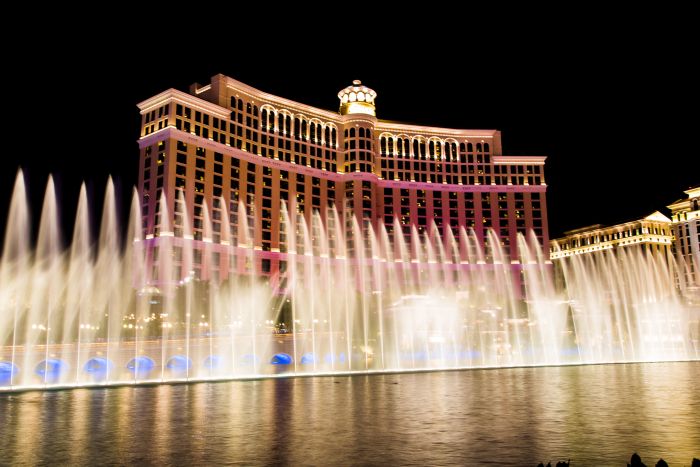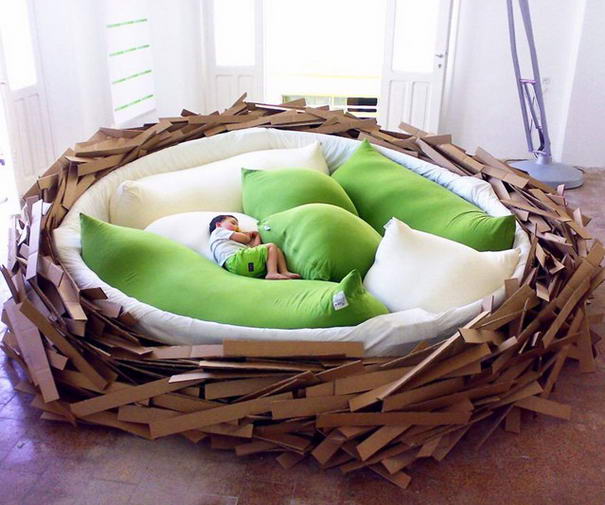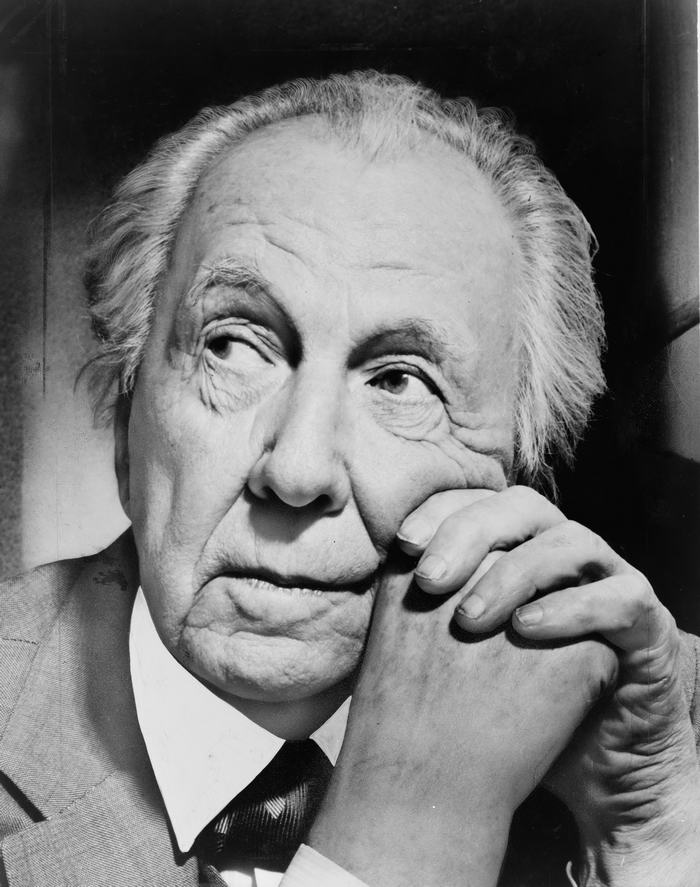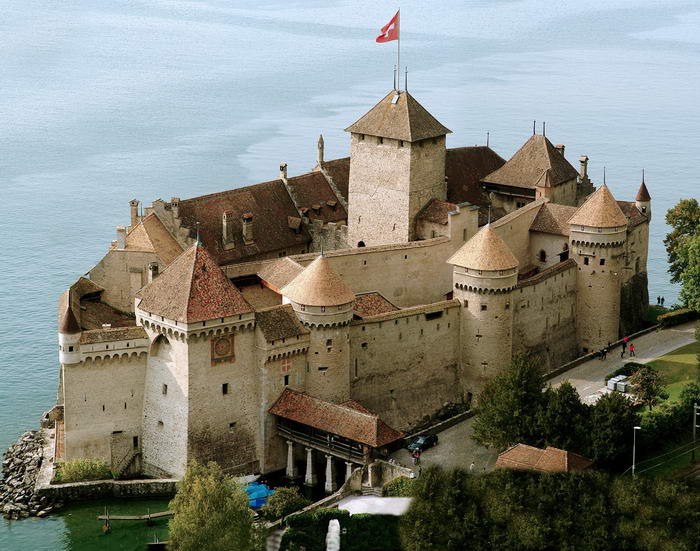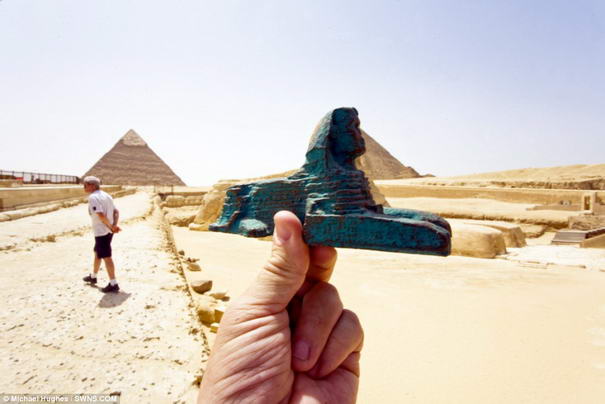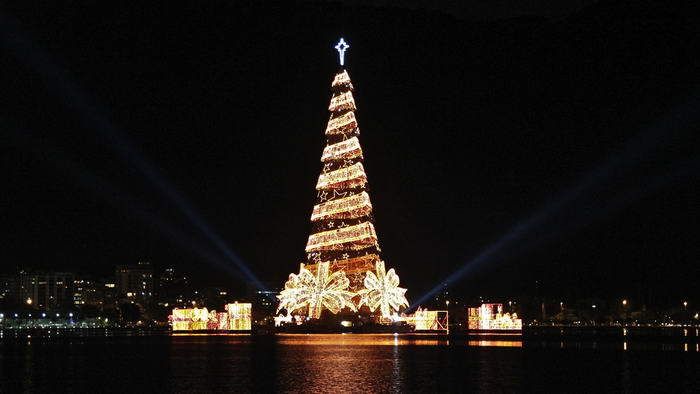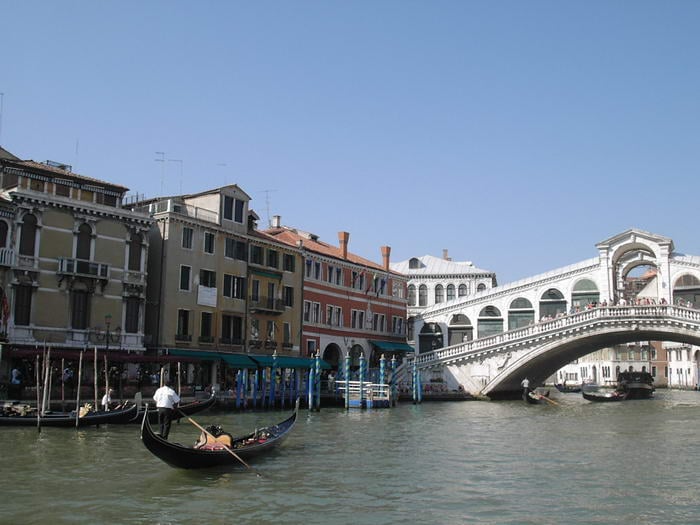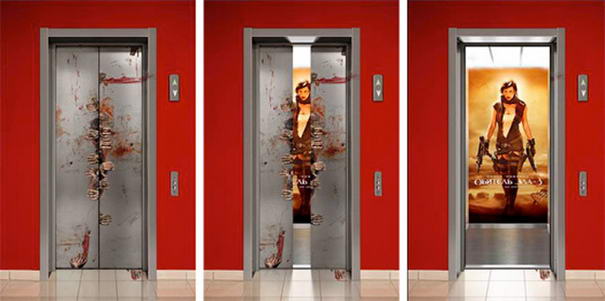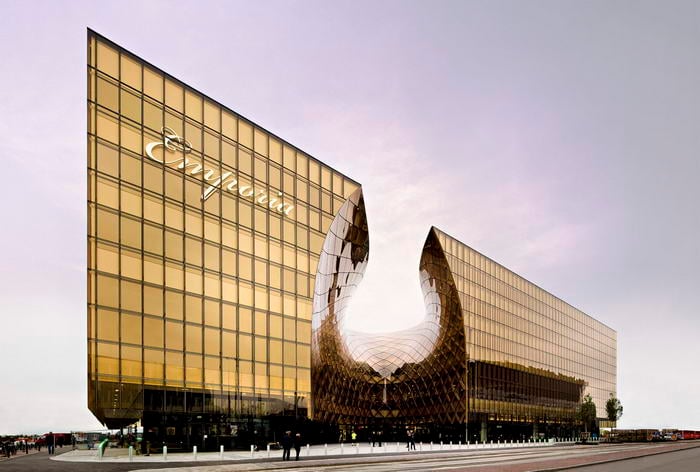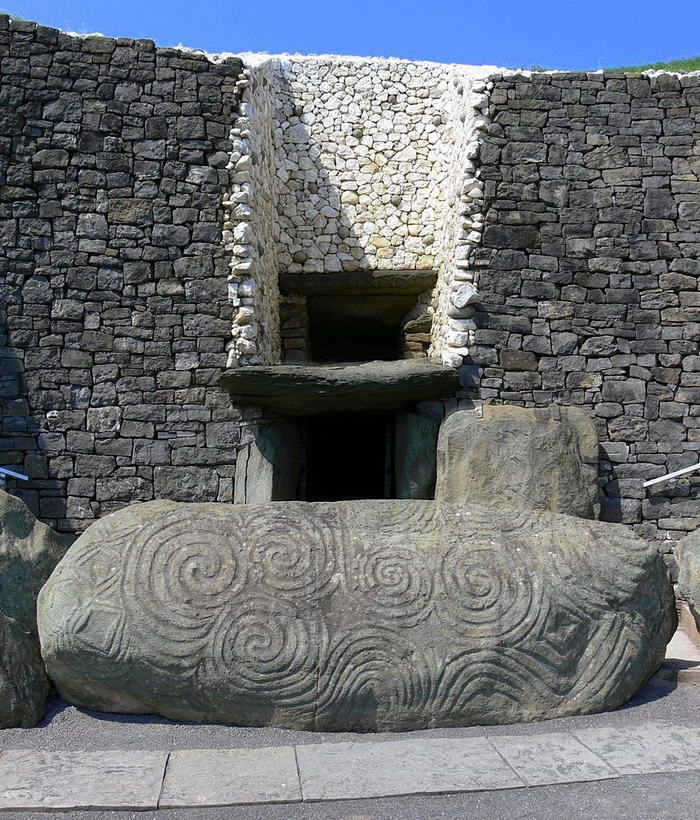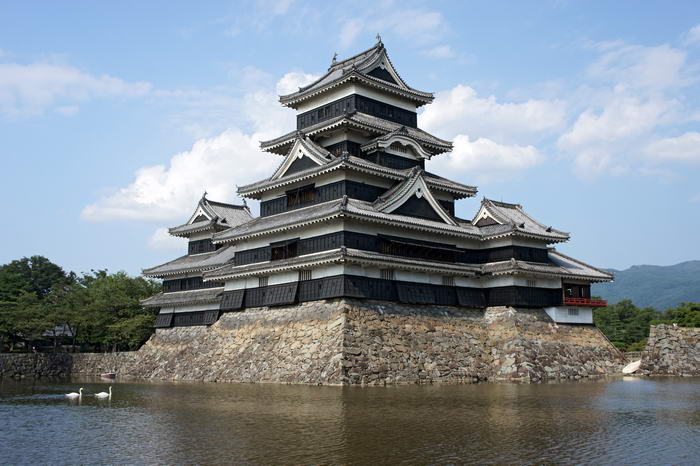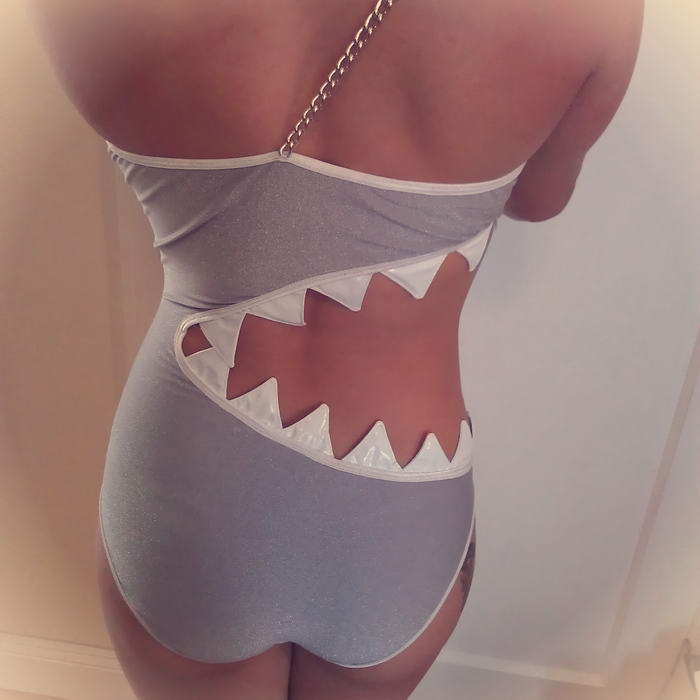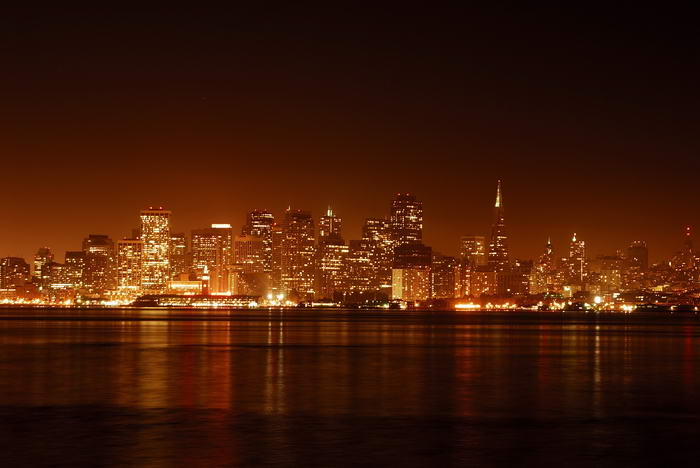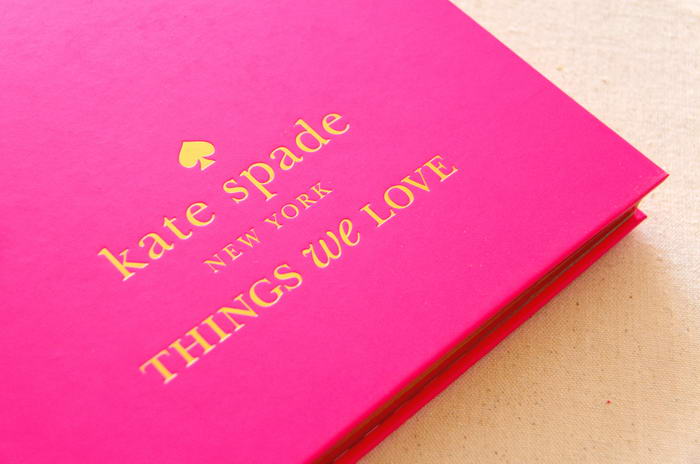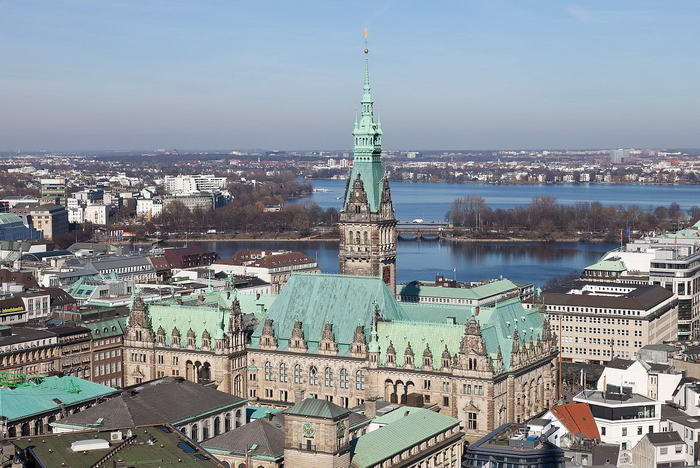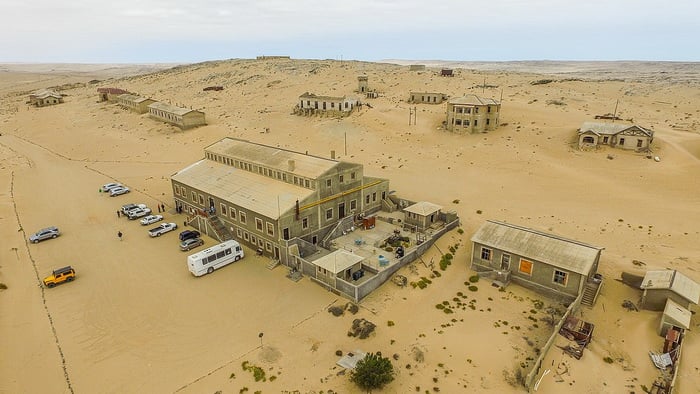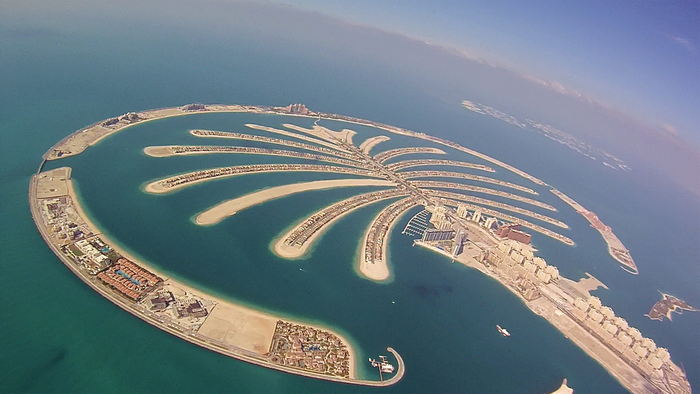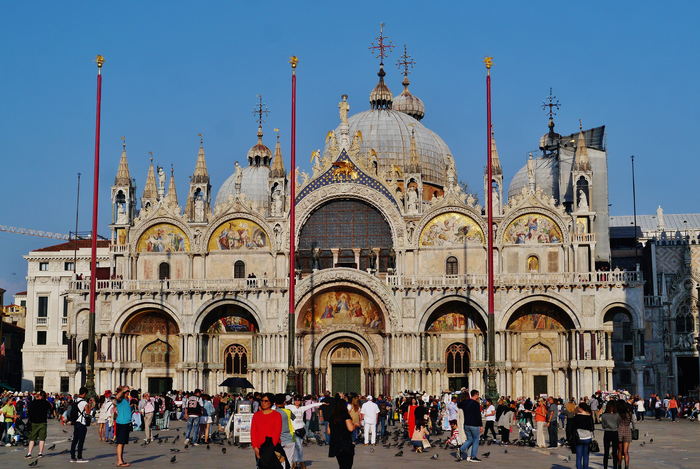A statue is a sculpture representing one or more figure, generally full-length, as opposed to a bust, and at least close to life-size, or may be larger. You can see statues in many different forms and sizes. Also the materials used to make them can vary. Every city and metropol has sculptures on streets. Most of them are boring anyways. Just usual ones of famous people from history. But some of them really make you look twice.
Our planet is dotted with awe-striking monuments and sculptures that captivate our senses and stir our imaginations. From small garden statues that grace backyard corners to gigantic tallest statues reaching for the sky, the array of creative statues scattered across the globe is nothing short of astounding. But ever paused and wondered, what goes into their creation?
Crafting a statue is no minor feat. At the heart of it lies a profound vision—a narrative artists yearn to share with the world. From this seedling of thought, the first sketches emerge, outlining contours and gestures. Once satisfied, artists transition to selecting the ideal medium. Here, choices abound: the elegance of marble, the longevity of bronze, or the malleability of clay. Each stroke, whether chiseled or molded, is purposeful, echoing the artist’s deepest sentiments.
In this 10 list, I have collected some of the most unique and amazing sculptures from streets around the world. If you have similar sculpture in your town, feel free to share with us by using comments section. We may come with part II with your example. Check out 10 Most Creative Statues Around the World.
10 – People Of The River By Chong Fah Cheong – Singapore
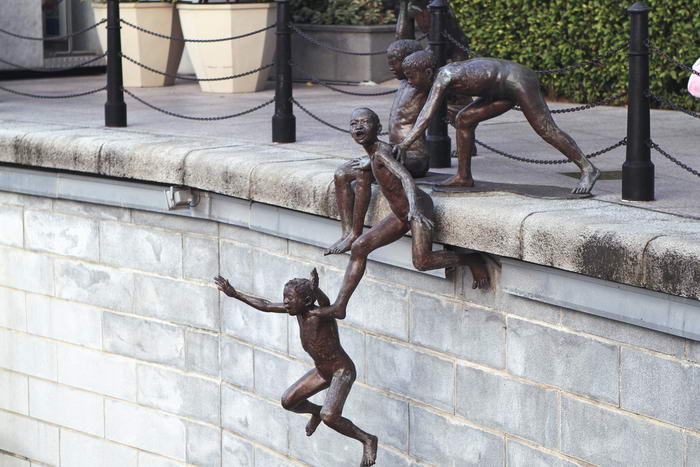
09 – Mustangs By Robert Glen, Las Colinas – Texas
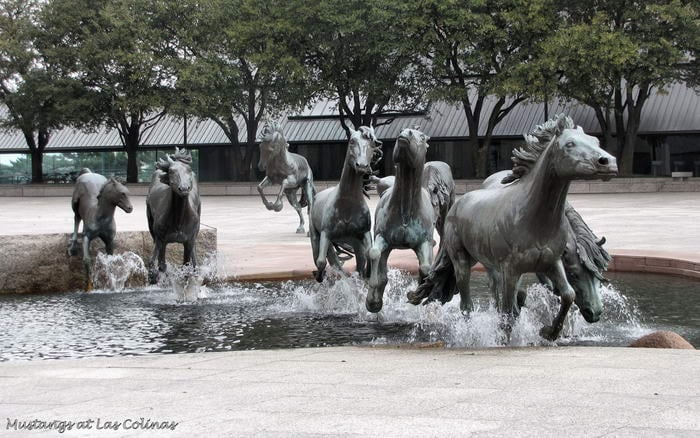
08 – Salmon – Portland, Oregon

07 – Shoes on the Danube by Can Togay & Gyula Pauer – Budapest
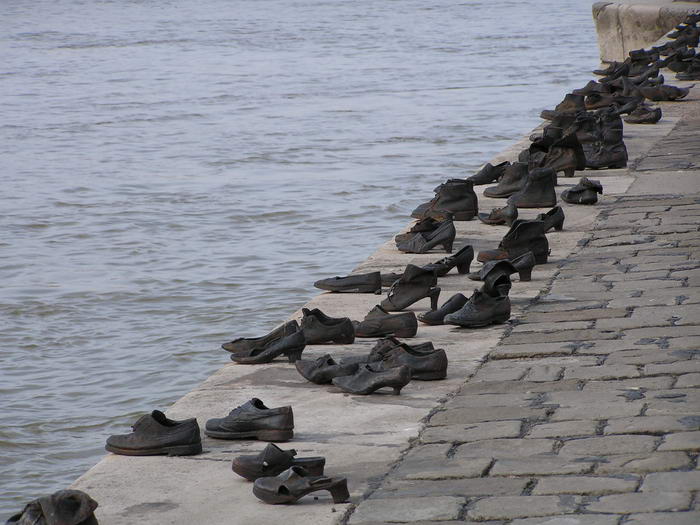
06 – The Knotted Gun by Carl Fredrik Reutersward – New York
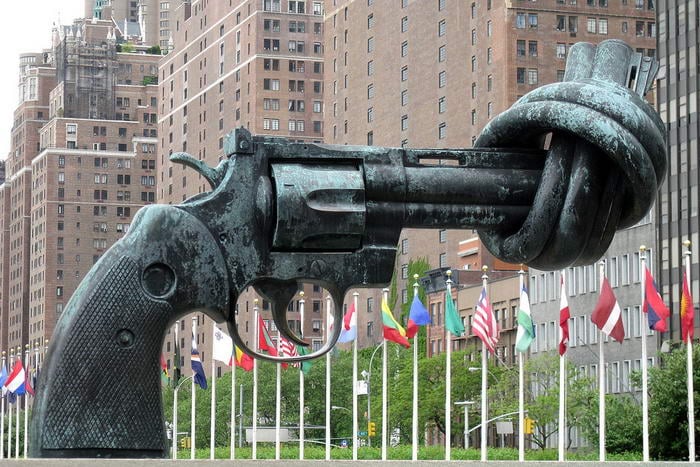
05 – Freedom by Zenos Frudakis – Pennsylvania

04 – Juodasis vaiduoklis by S. Plotnikovas and S. Jurkus – Lithuania
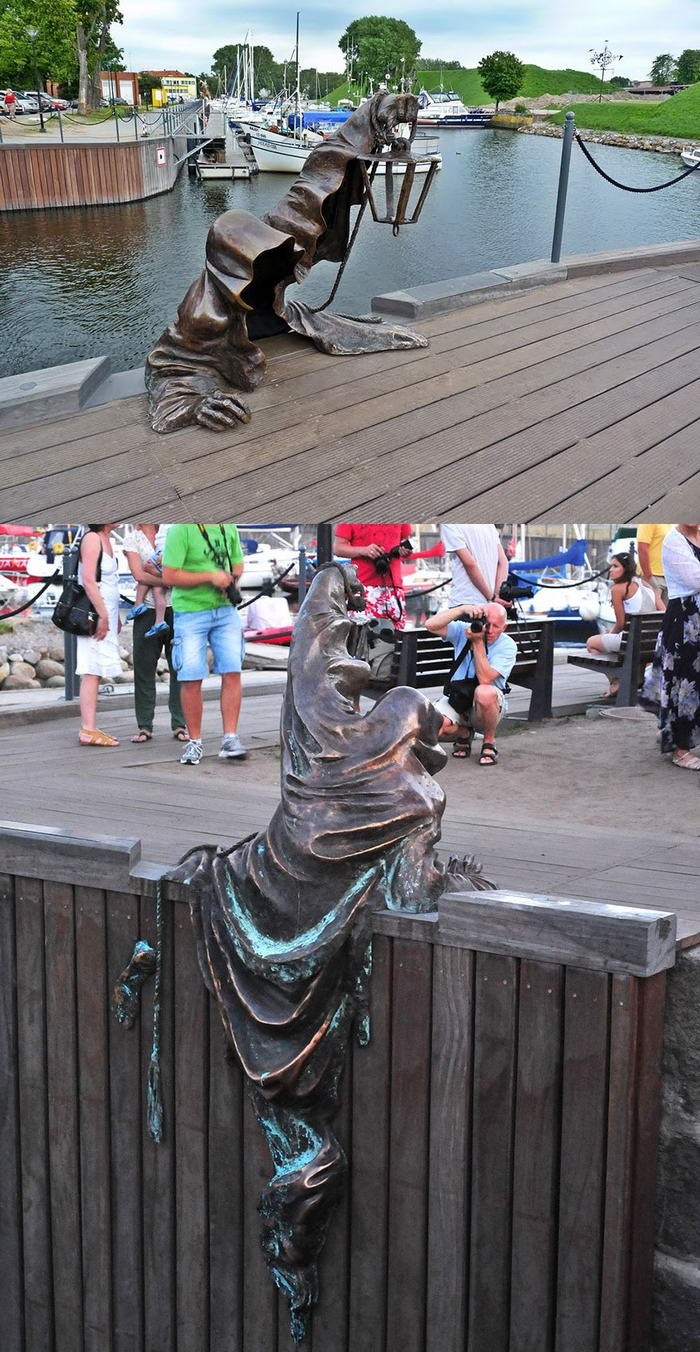
03 – Les Voyageurs by Bruno Catalano – Marseilles
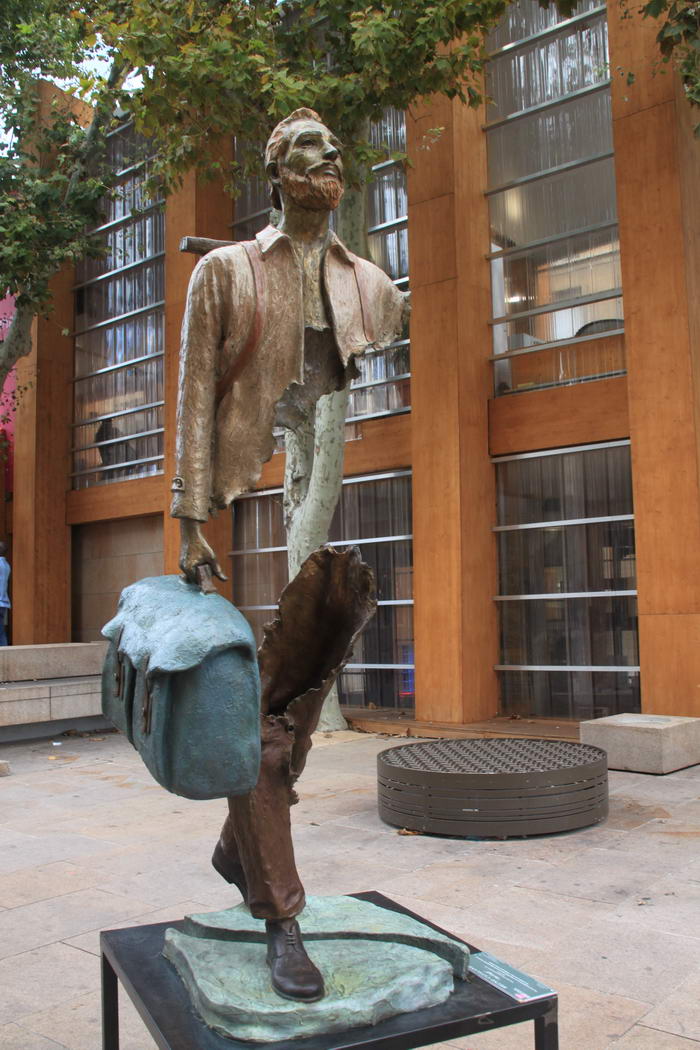
02 – Giant Spider by Louise Bourgeois – London
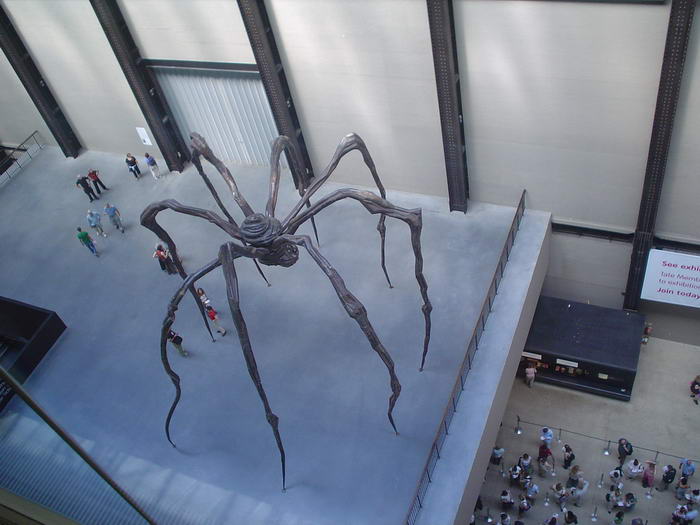
01 – The Unknown Official – Reykjavik
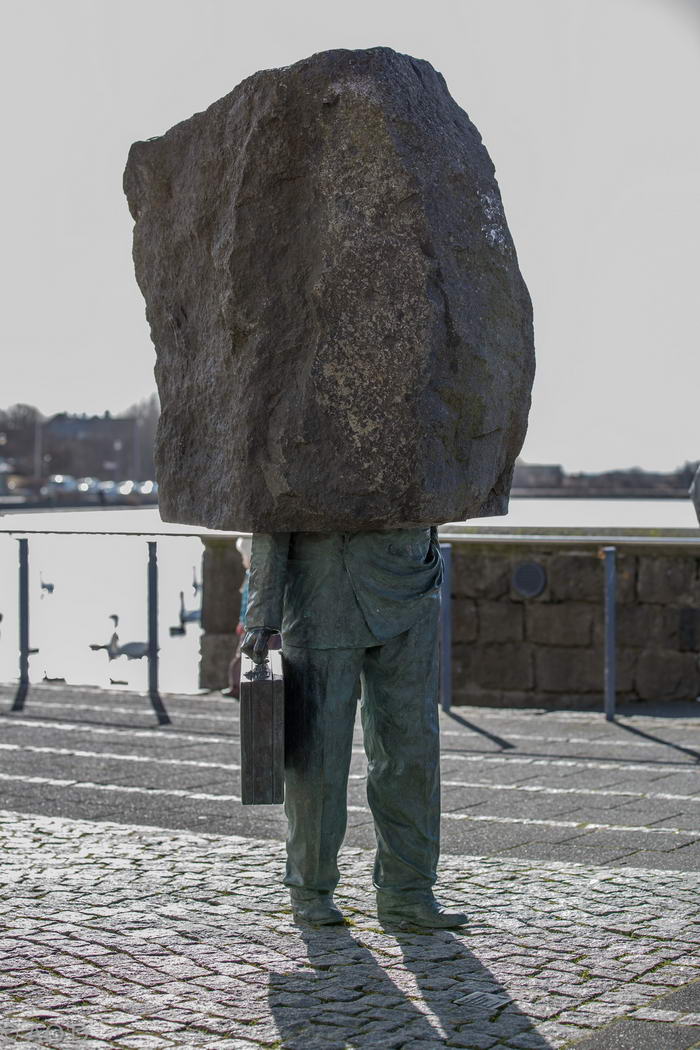
Sculpting Dreams: The Essential Toolbox for Timeless Creations
Venture into any sculptor’s studio, and you’ll be greeted by an array of tools, each with its unique purpose and promise. But what truly lies behind these instruments, and how have they shaped the world of sculptures we admire today?
To commence their creative journey, sculptors often lean on sketchbooks, laying down their vision and mapping out the intricacies. It’s a preliminary dance between thought and paper, setting the stage for what’s to come. As we move into the realm of three dimensions, armatures come into play. These wire skeletons offer support, especially crucial when dealing with materials like clay that might slump under their weight.
Materials themselves open a new universe of choices. Clay, beloved for its malleability, remains a favorite for many. Yet, others might be drawn to the cool touch of marble or the timeless sheen of bronze. Each material, with its quirks and qualities, demands a different set of tools. Chisels, for instance, become best friends with those navigating the dense world of stone. On the other hand, loop and ribbon tools glide through clay, carving out details and refining forms.
But beyond the tangible lies the intangible—the artist’s intimate understanding of anatomy, balance, and motion. It’s this knowledge that breathes life into static materials, transforming them into entities that emote and evoke.
In the hands of a master, these tools and techniques meld seamlessly, rendering creative statues that stand as testaments to human imagination and ingenuity. So, the next time you stand before a statue, remember the symphony of tools, techniques, and talent that converged to bring it to life.


